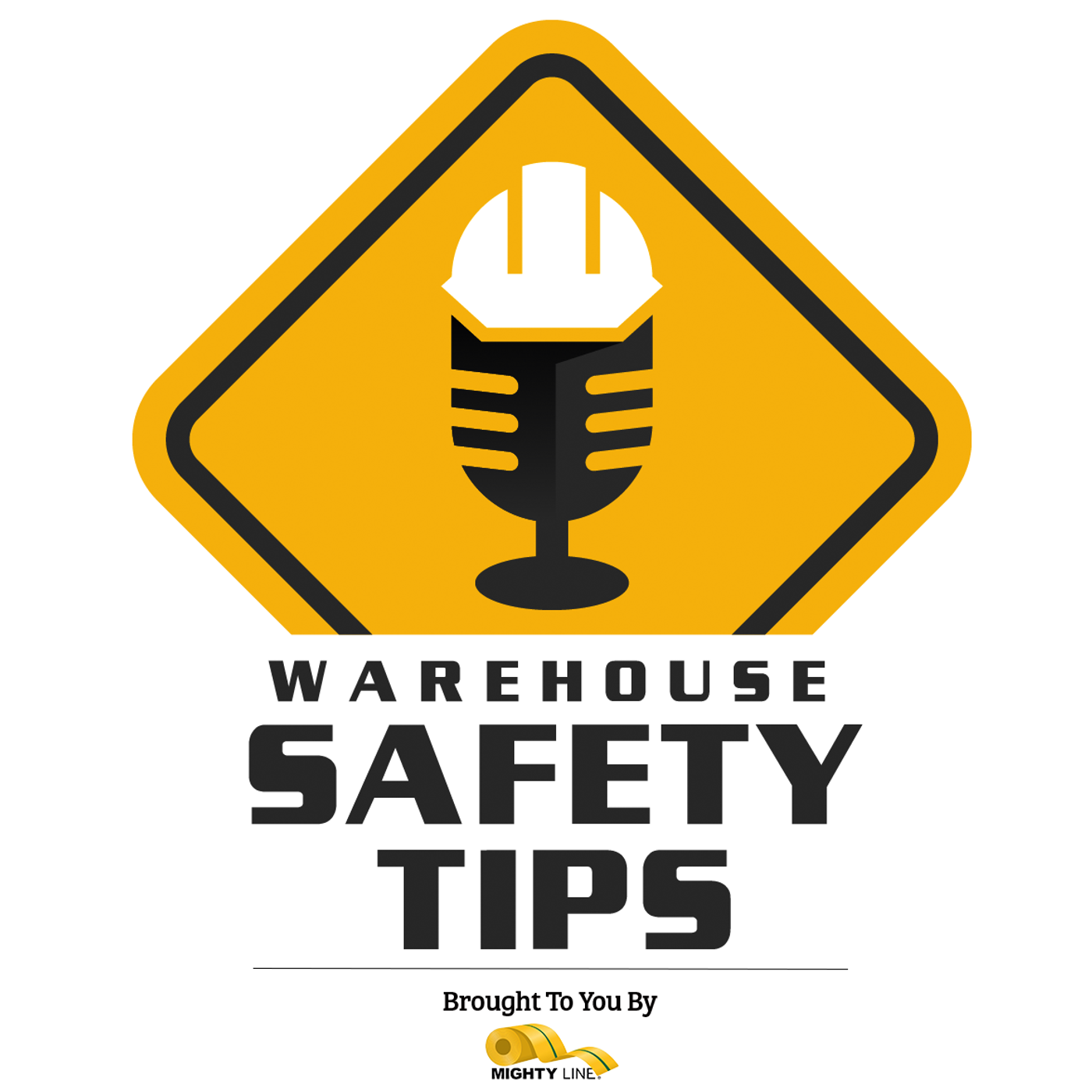Warehouse Safety Tips | Episode 195 | Avoiding Slips, Trips, and Falls
Avoiding Slips, Trips, and Falls
On today's podcast, we'll be talking about avoiding slips, trips, and falls.
So - stay tuned.
You can find the show notes to each episode, links to the information mentioned on the podcast, the social media platforms we're on, and anything else related to the podcast at WarehouseSafetyTips.com.
If you're a seasoned Podcast Listener, this podcast will be different from most you listen to. It's based on exactly what the name implies - Warehouse Safety Tips. And since the people in that industry are busy - we know time is money so each episode will be as short and to the point as possible.
And now that all that is out of the way - let's get to the Podcast!
Avoiding Slips, Trips, and Falls
Factory and warehouse operations require a high level of attention and caution. Slips, trips, and falls are some of the most common workplace accidents, and the consequences can be severe in factory and warehouse settings. Whether someone trips over a loose cable or slips on a spilled liquid, these incidents can lead to severe injuries or even fatalities. As such, prioritizing safety measures to prevent slips, trips, and falls is essential for facilities.
We were fortunate to have another interview with a friend of the podcast and fellow partner of Mighty Line Tape - Blaine J. Hoffman, host of The Safety Pro Podcast and author of the NEW book "Rethinking SAFETY Culture." He provided us with Five Safety Topics (Plus a sixth bonus item) - and our topic for today was part of his topics.
In honor of Blaine - here are five practical examples to avoid slips, trips, and falls at your facilities.
Regular Inspection for Potential Hazards
Conduct daily walk-through inspections to identify hazards such as liquid spills, stray equipment, or uneven flooring.
Keep a record of problem areas and resolve them immediately.
Regular inspections empower employees to recognize and rectify hazards before they lead to accidents. A proactive approach is always better than dealing with the consequences of an avoidable incident.
Clearly Mark Wet Floors and Hazards
Use "Wet Floor" signs, hazard cones, or barricades immediately after identifying a spill or wet area.
Clearly mark transitional spaces, such as going from a carpeted to a non-carpeted surface, with caution tape or floor markings.
Warning signs and markers act as immediate visual reminders, alerting employees to potential hazards so they can tread cautiously or avoid the area altogether.
Implement Non-Slip Flooring
Install non-slip mats or adhesive strips in areas prone to becoming slippery, such as near entryways where rainwater or snow could be tracked.
Non-slip flooring provides extra traction, which can help prevent slips, especially in wet conditions. This flooring is especially beneficial in high-traffic areas with a high likelihood of spills or wet surfaces.
Maintain Adequate Lighting
Ensure all facilities are well-lit, especially staircases, ramps, and other areas where elevation changes.
Replace burned-out bulbs immediately and consider investing in LED lighting for brighter, longer-lasting illumination.
Good lighting improves visibility, allowing workers to see and avoid potential trip and slip hazards that might be obscured in poorly lit conditions.
Conduct Safety Training and Drills
Regularly conduct safety training sessions with guidelines for avoiding slips, trips, and falls.
Practice drills, where employees walk through the warehouse and identify potential

